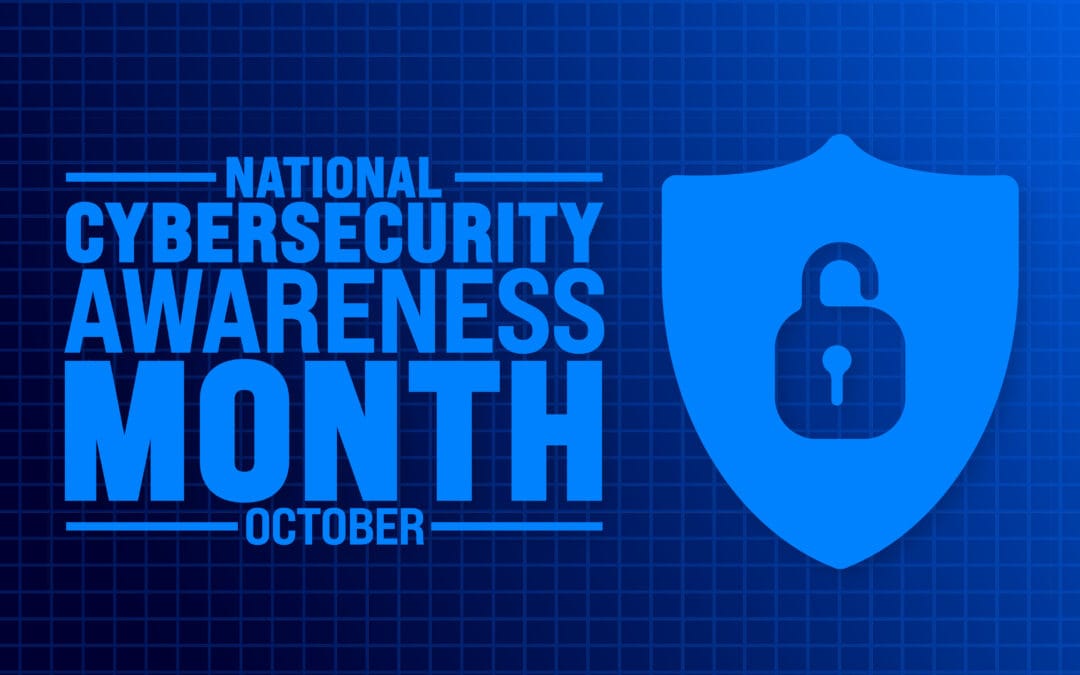Managed IT Services
As technology continues to evolve at a rapid pace, businesses are finding it increasingly challenging to manage their IT infrastructure effectively. This is where managed IT services come in. In this blog post, we will explore the different categories of managed IT services and how they can benefit your business.
Managed IT services provide businesses with comprehensive IT support, including network management, server management, and desktop management. These services help ensure that your IT infrastructure is running smoothly and securely, minimizing downtime and maximizing productivity.
Business Solutions
Managed IT services also offer business solutions such as VoIP phone systems, video conferencing, and collaboration tools. These solutions help improve communication and collaboration among team members, increasing efficiency and productivity.
Technology Management
Technology management involves the planning, implementation, and maintenance of IT systems and solutions. Managed IT services providers can help businesses manage their technology needs, from setting up new systems to maintaining existing ones.
IT Support
IT support is critical for businesses to ensure that their systems are running smoothly and to troubleshoot any issues that arise. Managed IT services providers offer comprehensive IT support, including help desk support, onsite support, and remote support.
Cloud Solutions
Cloud solutions are becoming increasingly popular among businesses as they offer flexibility, scalability, and cost savings. Managed IT services providers can help businesses migrate their data and applications to the cloud and manage their cloud infrastructure.
Data Protection
Data protection is critical for businesses to ensure the security and privacy of their sensitive information. Managed IT services providers offer data backup and recovery services, disaster recovery planning, and security solutions to protect against cyber threats.
Software as a Service (SaaS)
Software as a Service (SaaS) is a cloud-based software delivery model where applications are hosted and managed by a third-party provider. Managed IT services providers can help businesses implement and manage SaaS applications, such as email and customer relationship management (CRM) software.
Remote Monitoring and Management
Remote monitoring and management (RMM) allows managed IT services providers to monitor and manage a business’s IT infrastructure remotely. This helps identify and resolve issues before they escalate into major problems, minimizing downtime and maximizing productivity.
Preventative Maintenance
Preventative maintenance involves regular monitoring and maintenance of IT systems to prevent issues before they occur. Managed IT services providers offer preventative maintenance services to ensure that systems are running smoothly and securely.
Asset Lifecycle Management
Asset lifecycle management involves managing the entire lifecycle of IT assets, from procurement to disposal. Managed IT services providers can help businesses manage their IT assets, including hardware, software, and licenses, to maximize their lifespan and minimize costs.
In conclusion, managed IT services offer businesses comprehensive IT support, from network management to data protection. By partnering with a managed IT services provider, businesses can focus on their core activities while leaving their IT management to the experts. Contact us today to learn more about our managed IT services and how we can help your business.





